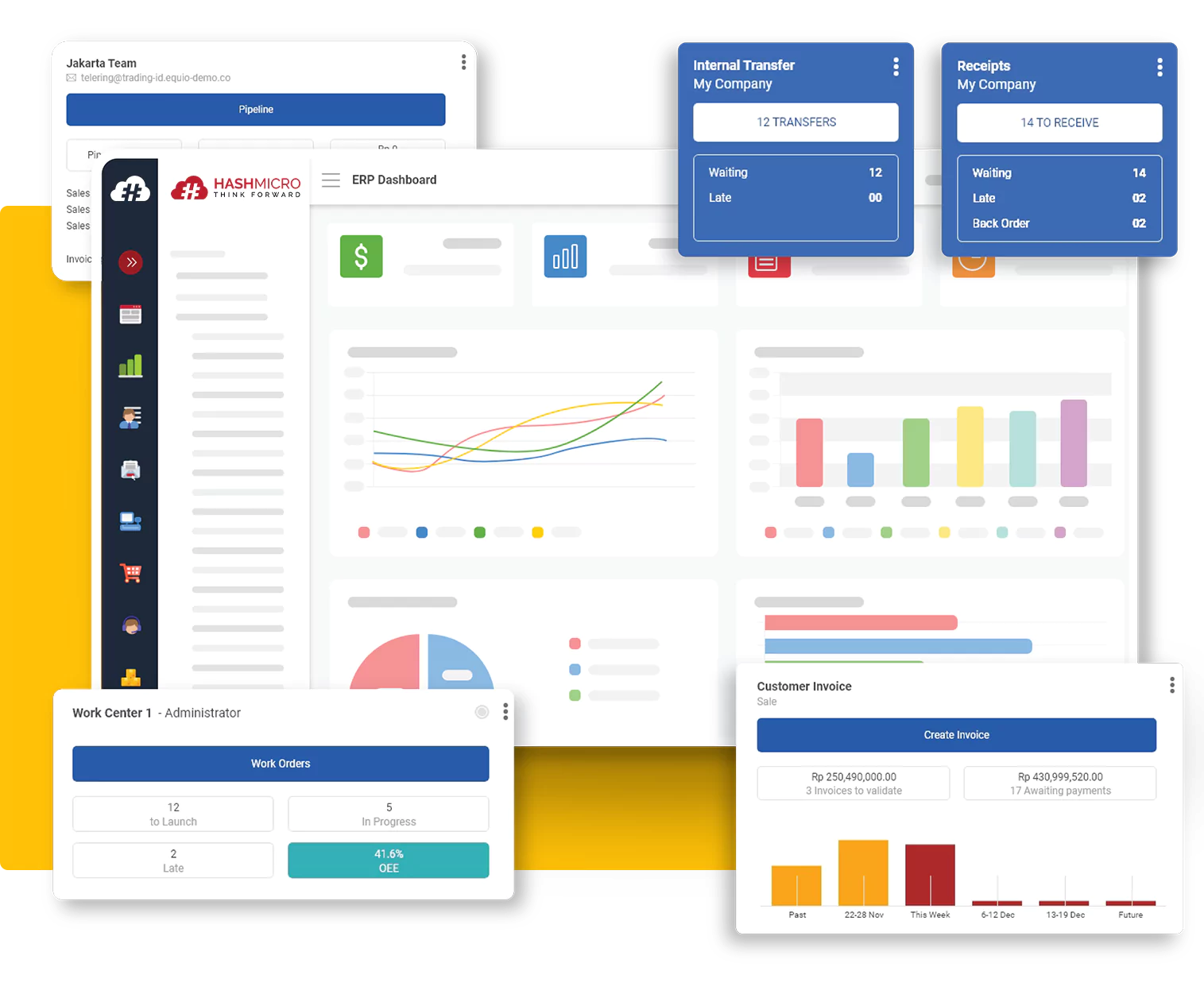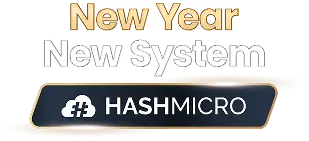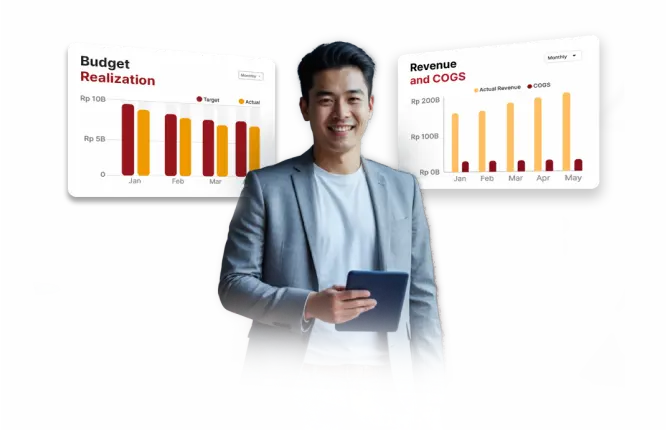I know firsthand how challenging it can be to manage CPA courses, juggling class schedules and student resources often feels like a never-ending puzzle. I used to spend hours coordinating everything manually, only to face communication gaps that slowed things down.
That’s when I discovered how an ERP System could simplify the entire process. By integrating data and automating workflows, I can now handle scheduling, track performance, and manage all administrative tasks seamlessly in one platform.
If you’re ready to see how ERP solutions can transform your CPA course management, request a free demo today and experience how the right system can streamline every process from start to finish.
Key Takeaways
|
Key Points of How to Streamline CPA Course Planning with ERP Solutions
Streamlining CPA course planning with ERP solutions involves several key strategies that I use to enhance efficiency, improve outcomes, and simplify administrative tasks. Here’s how I approach it:
- Simplifying course scheduling with ERP systems.
- Enhancing CPA program success through data integration.
- Automating resource allocation to improve efficiency and save time.
- Increasing student engagement using technology-driven solutions.
- Overcoming planning challenges educators often face, effortlessly.
- Leveraging performance metrics to boost CPA course outcomes effectively.
To understand better how ERP solution streamlines CPA course planning, this article will breaks down the detailed information about ERP system in learning and education management.
How ERP Systems Simplify Course Scheduling
When I manage course schedules in an educational institution, I find ERP systems incredibly transformative. They simplify the complex task of course scheduling through several key features.
- Centralized Calendar Management: All schedules live in one system. This minimizes double bookings and ensures alignment.
- Dynamic Adjustments: Quickly adapt to last-minute changes, like instructor availability or room reallocations.
- Streamlined Communication: Automated notifications keep students and staff informed of updates instantly.
The Role of Data Integration in CPA Program Success

I believe data integration plays a pivotal role in enhancing the success of CPA programs by providing a comprehensive view of critical metrics. Through this integration, I can gain several key advantages.
- Unified Data Access: Enrollment, attendance, and progress metrics connect seamlessly for real-time insights.
- Informed Decision-Making: Accurate data helps forecast trends and optimize course offerings.
- Simpler Reporting Processes: Generate performance reports without pulling from scattered systems.
Here is a table summary of the role of data integration in CPA program success
| Key Aspects | Description |
| Unified data access | With all enrollment, attendance, and student progress data stored in one integrated system, schools gain instant access to real-time insights. |
| Informed decision-making | Accurate, real-time data empowers administrators to make smarter, data-driven decisions. From identifying learning trends to optimizing course offerings, ERP systems help enhance academic performance. |
| Simpler reporting processes | ERP software automates report generation, allowing educators and administrators to produce comprehensive performance summaries quickly with just a few clicks. |
Automating Resource Allocation for Better Efficiency
From my experience, automating resource allocation through ERP tools greatly enhances operational efficiency in educational settings. Here’s how I use these tools to manage resources more effectively:
- Optimized Classroom Usage: ERP tools ensure space allocation matches class size, reducing wasted resources.
- Instructor Availability Alignment: Automatically match instructors to courses based on their schedules and expertise.
- Budget Management Made Easy: Track spending and reallocate funds where they’re most needed – like offering CPA exam prep discounts to attract more students.
Boosting Student Engagement Through Technology
I believe leveraging technology to boost student engagement is essential in today’s educational environment. Here’s how I use various technological tools to enhance student involvement and learning experiences:
- Personalized Learning Paths: Use data insights to recommend study plans tailored to individual progress.
- Interactive Portals: Centralize course materials, assignments, and feedback in one easy-to-access platform.
- Mobile-Friendly Options: Students can engage with content anytime, anywhere – ideal for balancing busy schedules.
Overcoming Common Planning Challenges with ERP Solutions
From my experience, education ERP solutions are essential for overcoming common planning challenges in educational institutions. Here’s how I use these systems to enhance planning efficiency and accuracy:
- Eliminating Manual Errors: Automated processes reduce the risk of mistakes in scheduling or enrollment.
- Handling High Enrollment Periods: Scale operations effortlessly during peak times without compromising quality.
- Streamlined Approvals: Reduce bottlenecks by automating instructor and admin sign-offs for changes.
If you’re interested to adopt an HashMicro’s ERP software, you can download the price scheme below to explore detailed informations and boost your institutional organizations.
Tracking Performance Metrics for CPA Courses Effectively
I find that effectively tracking performance metrics for CPA courses is crucial to improving educational outcomes and maintaining program quality. Here’s how I use advanced tools and strategies to optimize the monitoring of these metrics:
- Real-Time Data Access: Monitor student performance, dropout rates, and pass rates with live dashboards.
- Identify Success Trends: Pinpoint what works – like courses tied to higher exam success – and replicate those strategies.
- Simplified Compliance Reporting: Easily meet accreditation standards by generating comprehensive reports on demand.
“A CPA isn’t just about crunching numbers; it’s about turning financial data into strategic business moves. With the right accounting software, CPAs can focus on insights that grow profitability and strengthen every decision a company makes.”
— Angela Tan, Regional Manager
Streamline Your CPA Course Planning with HashMicro’s Smart Education Software

Planning and managing CPA courses can be complex. HashMicro’s Smart Education Software provides an integrated solution that automates and simplifies these processes, ensuring your institution runs smoothly and efficiently.
This all-in-one platform offers high flexibility, allowing you to customize workflows according to your academic structure and specific needs. With advanced automation, educators and administrators can easily oversee every aspect of course planning.
Here are the key features of HashMicro’s Smart Education Software that enhance CPA course management:
- Automated Course Scheduling: Plan and organize class timetables efficiently, minimizing scheduling conflicts and optimizing instructor availability.
- Student Information Management: Centralize all student data — from enrollment and attendance to grades and progress tracking — in one secure system.
- Integrated Financial Management: Manage tuition fees, budgets, and expense tracking in real time for greater financial transparency.
- Performance Monitoring: Evaluate student and instructor performance through detailed analytics and reports to support data-driven decisions.
- Resource and Asset Management: Efficiently allocate classrooms, materials, and faculty resources to ensure smooth course delivery.
Conclusion
Planning and managing CPA courses doesn’t have to feel overwhelming. ERP solutions take complex tasks like scheduling, resource allocation, and performance tracking, then simplify them into manageable processes.
When educators focus on what matters, delivering quality education, students benefit naturally. Tools that improve operations create space for innovations like tailored learning paths or preparing for the CPA exam.
I’ve seen how the right systems can turn challenges into opportunities. With smarter planning tools like HashMicro Smart Education Software, I can achieve sustainable success for everyone involved. Try the free demo today!

FAQ About CPA
-
What does CPA stand for?
CPA can mean Certified Public Accountant or Cost Per Acquisition, depending on the context. A Certified Public Accountant is a licensed expert in accounting and finance, while Cost Per Acquisition is a marketing metric that tracks how much it costs to gain a new customer through advertising.
-
Which is better, CPA or CFA?
If your focus is on taxation and accounting, the CPA designation is the right choice, especially if you already have experience in those areas. However, if you’re more interested in corporate finance, mergers and acquisitions (M&A), or investment analysis, the CFA would suit your career goals better.
-
What’s the difference between an accountant and a CPA?
The key difference lies in education and certification. While many accounting roles only require a bachelor’s degree, becoming a CPA involves passing a licensing exam and meeting specific training standards. This additional credential allows CPAs to work in public accounting and handle more specialized financial responsibilities.














